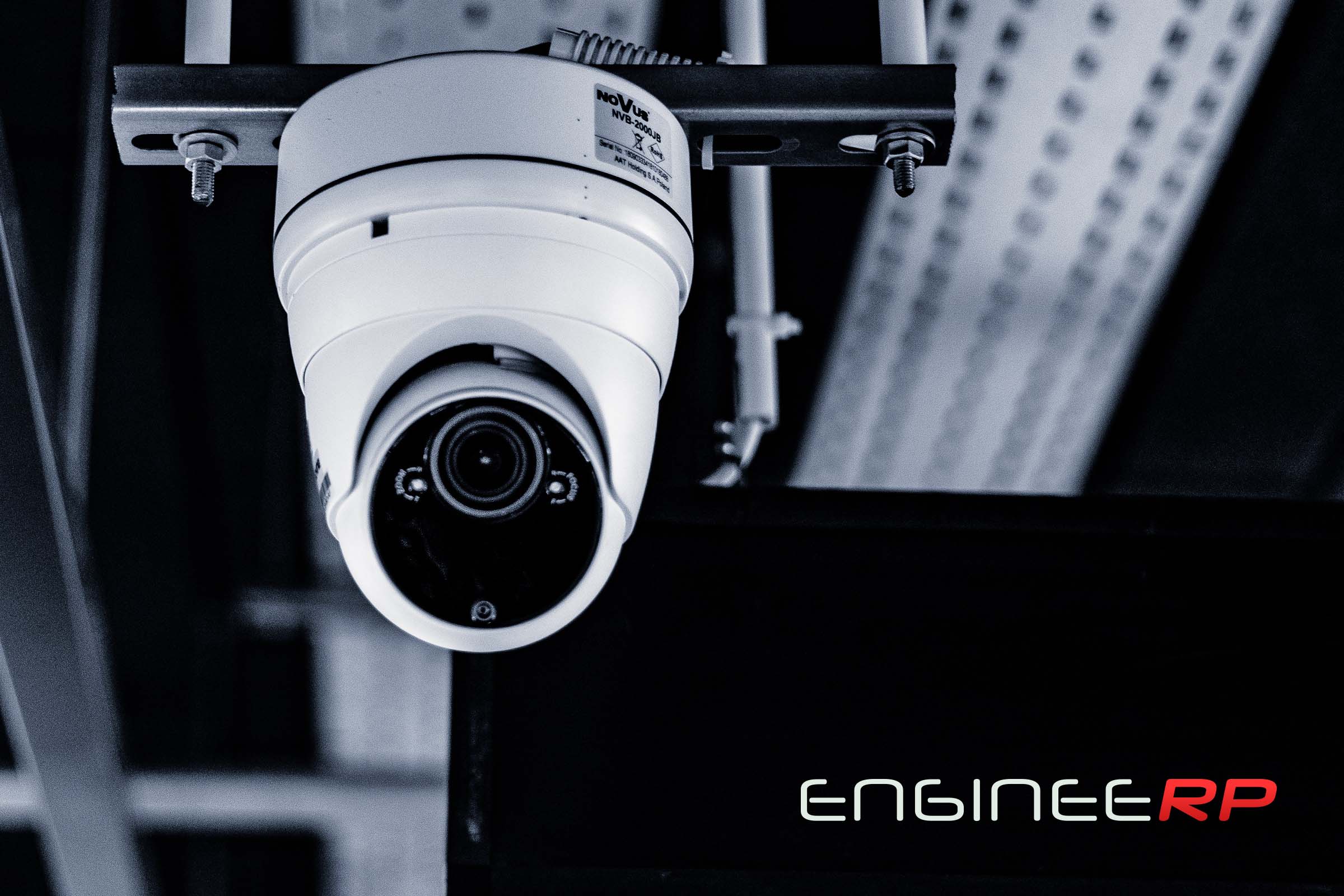
Laser TV / Short throw projector
What are Laser TVs?
- A Laser TV is a laser projector equipped with an ultra short focal length, and it’s able to display a large image, usually between 1.5 and 3 meters across, at just a few inches from the wall. These laser TVs are therefore an excellent alternative to the living room TV with a smaller footprint and the guarantee of a larger picture.
- The laser technology is very advanced and makes the 4k TV look medieval. The reason is that it solves many of the challenges that 4k TV owners encounter, including the throw distance ratio. The laser projector has a 0.2:1 ratio which means you get to decide how close to the screen you want to sit without worrying about casting annoying shadows on the screen.
- The flexibility that a Laser TV can give you will increase your options even when you have a tight space. Also, the distance to the screen can be short without distorting the picture quality and without any adverse effect from ambient lights.
One potential downside of laser TVs is that they tend to be more expensive than traditional LCD TVs. They also may require special ventilation to dissipate the heat generated by the lasers, and may have stricter placement requirements due to the need to avoid exposing the lasers to direct sunlight or other bright light sources.
Laser TV: The Future of Home Entertainment?
In recent years, laser TV (ultra-short throw ‘UST’ projection) has been making waves in the world of home entertainment. But what is it, and is it really the future of television viewing?
At its core, laser TV is a type of projector that uses lasers to produce high-quality images on a screen or wall. Unlike traditional projectors, which require a lot of space and distance to project a large image, laser TVs can be placed just inches away from the wall or screen, making them ideal for smaller rooms.
But laser TV isn’t just about convenience. Proponents of the technology argue that it offers a superior viewing experience to traditional televisions, with brighter, more vibrant colors and deeper blacks. They also point to the fact that laser TVs are more energy-efficient than traditional TVs, using less power and producing less heat.
However, not everyone is convinced that laser TV is the way of the future. Critics argue that the technology is still relatively expensive, with some models costing upwards of $3,000. They also point out that laser TVs can be difficult to set up and calibrate, requiring professional installation in some cases.
Despite these concerns, many experts believe that laser TV has the potential to revolutionize the home entertainment industry. As the technology continues to improve and become more affordable, it could become the go-to choice for consumers looking for a high-quality, immersive viewing experience.
So, is laser TV the future of home entertainment? Only time will tell. But one thing is clear: the technology is here to stay, and it’s definitely worth keeping an eye on as it continues to evolve and improve.
